blog»Conversion Rate Optimization»Google’s Micro-Moments: How to Capture Buyers at the Right Time
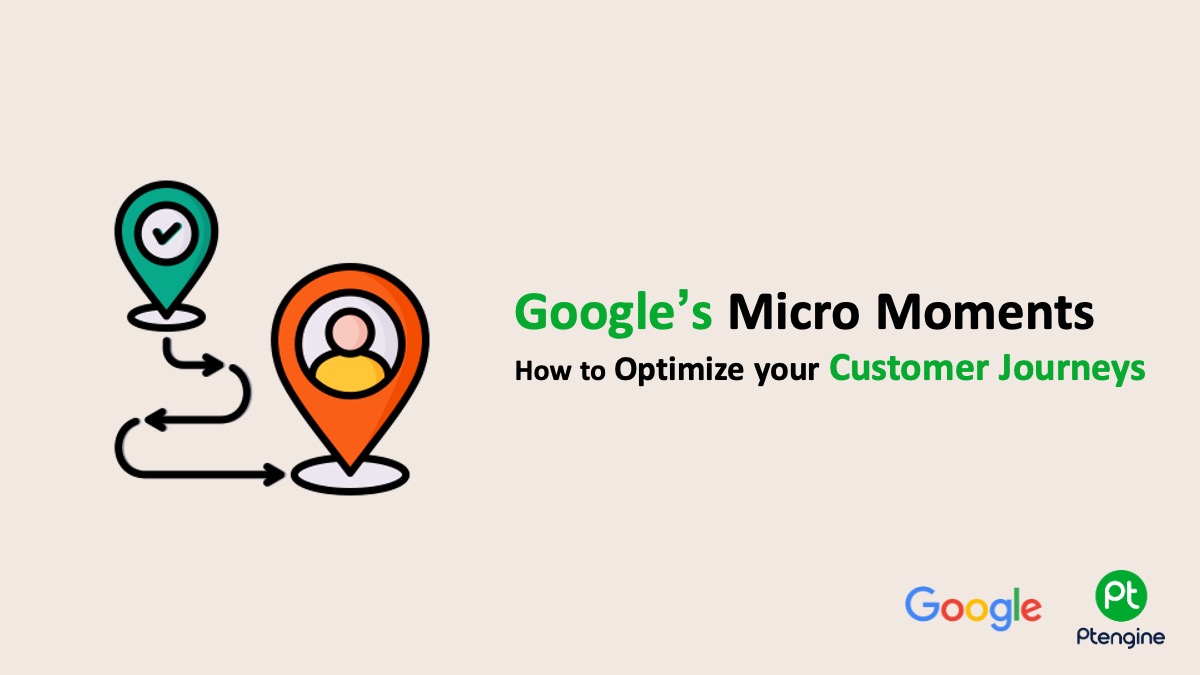
Google’s Micro-Moments: How to Capture Buyers at the Right Time
2025/03/03
You can read this article in about 21 minutes
Introduction
Not all buying decisions happen in one smooth journey. Today’s shoppers make split-second decisions based on immediate needs—whether they’re researching a product, looking for a store, watching a how-to video, or ready to buy. Google calls these high-intent decision points ‘Micro-Moments.’
For e-commerce brands, Micro-Moments are game changers. Instead of waiting for customers to follow a traditional sales funnel, brands that show up at the exact moment a shopper needs them win the sale. Whether it’s answering a quick question, providing a fast checkout, or showing up in search results, being present in Micro-Moments increases conversions.
So, how can you align your e-commerce strategy with Google’s Micro-Moments framework? In this guide, we’ll break down:
- The four types of Micro-Moments and how they influence buying behavior.
- How leading brands like Amazon, Nike, and Sephora use them to drive sales.
- Actionable strategies to optimize your store for real-time, intent-driven shopping experiences.
Let’s dive in.
2. What Are Google’s Micro-Moments?
Google defines Micro-Moments as instant, high-intent decision points where people turn to their devices for quick answers. These moments shape what they buy, where they go, and which brands they choose.
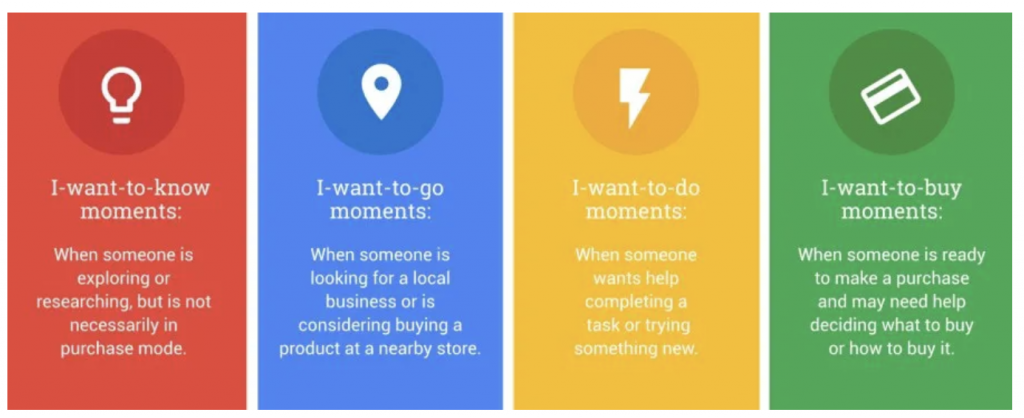
There are four types of Micro-Moments that influence e-commerce sales:
- “I Want to Know” – Customers are researching but not ready to buy yet.
- “I Want to Go” – They’re looking for nearby stores or brand locations.
- “I Want to Do” – They need a tutorial or help using a product.
- “I Want to Buy” – They’re ready to make a purchase right now.
Examples of Micro-Moments in Action
- Amazon dominates “I Want to Buy” moments with one-click checkout and fast shipping.
- Nike captures “I Want to Know” searches with product comparison pages and athlete endorsements.
- Sephora wins “I Want to Do” moments by offering makeup tutorials that lead to product sales.
Micro-Moments aren’t about forcing sales—they’re about being present and useful when customers need you. Brands that understand this convert more shoppers and build stronger loyalty.
3. The New E-Commerce Customer Journey: From Awareness to Purchase
The traditional sales funnel no longer applies. Customers don’t follow a straight path from awareness to purchase. Instead, they jump between platforms, devices, and content types, making decisions in real-time based on intent.
Why Has the Customer Journey Changed?
- Mobile shopping dominates – Customers search, browse, and buy from their phones in seconds.
- Information is instantly available – Shoppers compare prices, read reviews, and watch videos before making a decision.
- Social media influences purchases – A single Instagram post or TikTok trend can drive immediate sales.
- Convenience is key – Customers expect frictionless shopping experiences, from fast checkout to personalized recommendations.
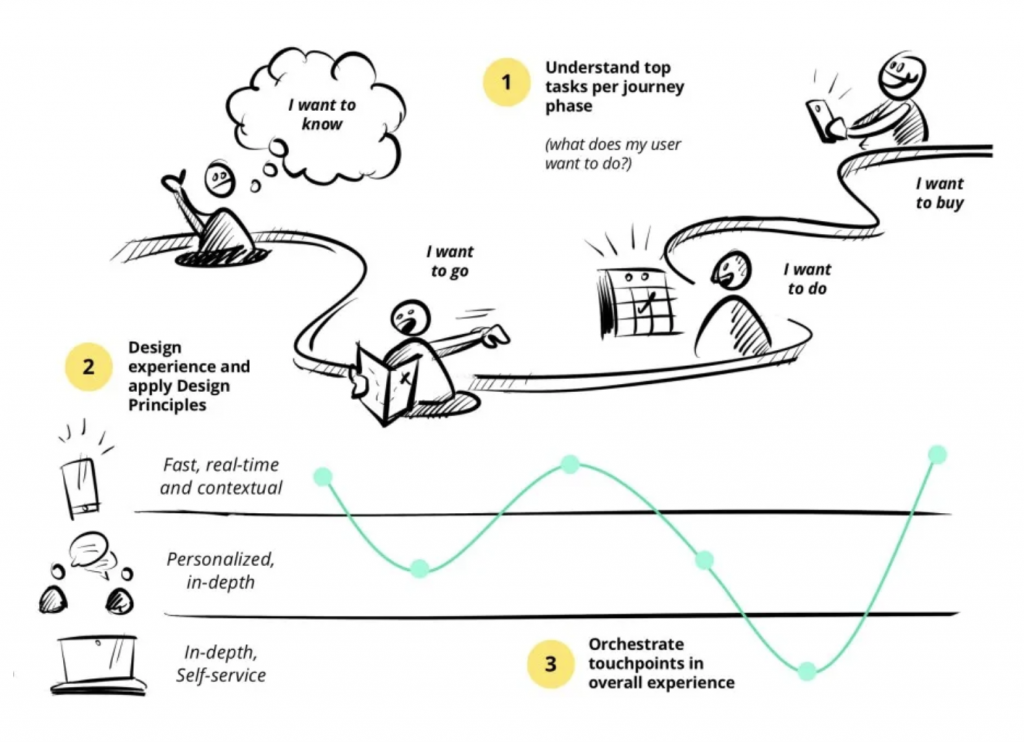
How Micro-Moments Fit Into This Journey
Instead of waiting for customers to move step by step through a funnel, brands must:
- Show up when customers are searching (SEO, paid ads, content marketing).
- Deliver useful, relevant content (guides, FAQs, videos, and product demos).
- Make buying easy and fast (one-click checkout, mobile optimization, and real-time support).
Micro-Moments make e-commerce less about pushing sales and more about being present when customers need you. Brands that master this approach build stronger relationships and drive higher conversions.
4. Optimizing for the “I Want to Know” Moment
Before making a purchase, many customers start by researching. They want answers, comparisons, and expert insights before they commit. This is the “I Want to Know” Micro-Moment, and it’s where brands have a chance to educate and engage potential buyers early.
Why This Moment Matters
- Customers are exploring options but aren’t ready to buy yet.
- If a brand provides helpful information, it builds trust and credibility.
- Answering their questions early makes them more likely to buy from you later.
How to Capture the ‘I Want to Know’ Moment
- Create high-value content – Publish blogs, FAQs, and product guides answering common questions.
- Use SEO to rank for research-based queries – Target searches like “Best running shoes for beginners” or “How to choose a gaming laptop.”
- Offer detailed product comparisons – Show side-by-side benefits of your product vs. competitors.
- Leverage video marketing – Tutorials, product demos, and expert reviews make research easier for shoppers.
Example: Zalando’s Content Strategy
Fashion retailer Zalando understands that buyers research trends before purchasing. They create style guides, seasonal fashion reports, and how-to articles to engage users early. This positions Zalando as a trusted source and drives conversions when customers are ready to buy.

Shoppers don’t just search for products—they search for information. The brands that educate them early win the sale later.
5. Capitalizing on the “I Want to Go” Moment
Many shoppers don’t just search for products—they also look for nearby stores, brand locations, or local availability. This is the “I Want to Go” Micro-Moment, where customers are actively searching for a place to visit or shop from. Even for e-commerce brands, this moment is critical for online-to-offline conversions.
Why This Moment Matters
- Shoppers want immediate solutions – They’re actively looking for a product or store near them.
- Local searches lead to action – 76% of people who search for something nearby visit a business within a day.
- E-commerce brands can benefit too – Click-and-collect options and real-time stock availability can drive in-store traffic.
How to Capture the “I Want to Go” Moment
- Optimize for local SEO – Ensure your business appears in “near me” searches by using Google My Business and local keywords.
- Enable store locators and real-time stock updates – If you have physical locations, show customers where they can find your products.
- Leverage mobile ads for foot traffic – Use location-based advertising to target shoppers searching for nearby options.
- Offer hybrid shopping experiences – Click-and-collect or curbside pickup options help bridge online and offline shopping.
Example: Nike’s Store-Finder Strategy
Nike combines e-commerce with in-store shopping by offering a store locator with real-time inventory. Customers searching for specific shoes or apparel can check if an item is in stock before heading to a store, reducing friction and increasing conversions.
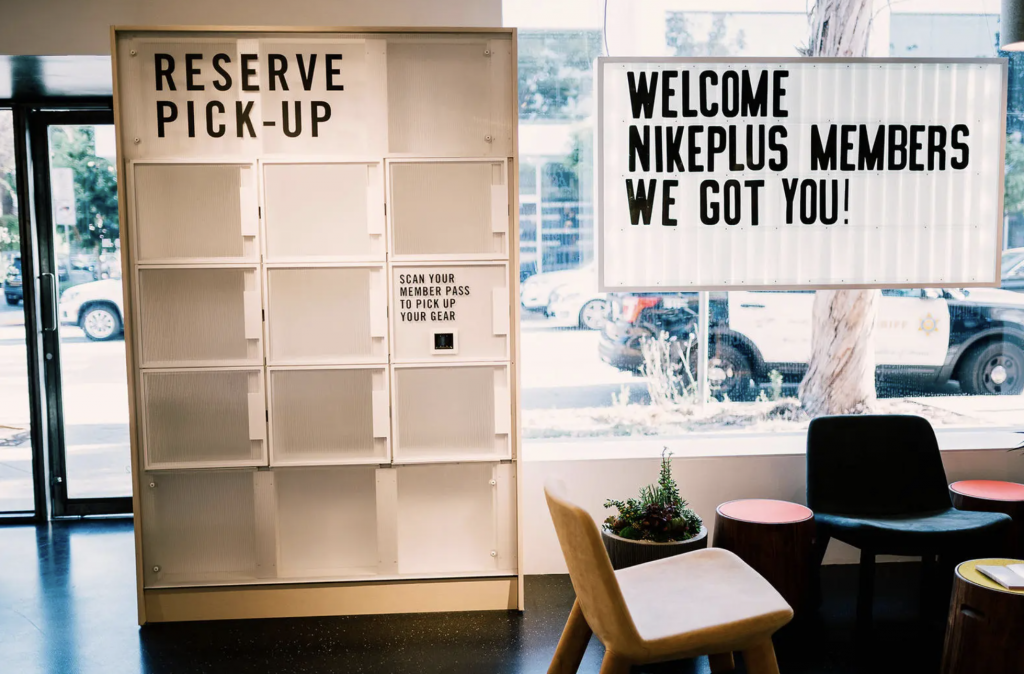
Brands that master the “I Want to Go” moment don’t just rely on online traffic—they connect digital experiences with real-world buying behavior.
6. Winning the “I Want to Do” Moment
Customers don’t just buy products—they want to know how to use them effectively. Whether it’s learning how to style an outfit, assemble furniture, or set up new software, the “I Want to Do” Micro-Moment is when shoppers seek guidance, tutorials, and hands-on content before or after a purchase.
Why This Moment Matters
- Shoppers engage with brands that help them – If you answer their questions, they’re more likely to trust (and buy from) you.
- Good educational content increases conversions – Customers feel more confident buying when they see how a product works.
- It strengthens post-purchase loyalty – Teaching customers how to get the most out of a product keeps them coming back.
How to Capture the “I Want to Do” Moment
- Create step-by-step video tutorials – Show customers how to use, style, or assemble your product.
- Write detailed guides and FAQs – Cover common use cases, troubleshooting, and best practices.
- Use interactive content – Offer quizzes, virtual try-ons, or how-to simulators for engagement.
- Leverage influencer or user-generated content – Customers trust real experiences more than brand claims.
Example: Sephora’s Beauty Tutorials
Sephora dominates the ‘I Want to Do’ moment with makeup tutorials, skincare guides, and application techniques. Their content not only educates shoppers but also leads to product purchases, proving that well-placed educational content can drive sales.

Brands that master this moment don’t just sell—they become valuable resources that keep customers engaged long after checkout.
7. Converting in the “I Want to Buy” Moment
This is the most critical Micro-Moment—when a customer is ready to make a purchase. At this stage, every second counts. Any friction in the buying process can lead to cart abandonment. Brands that make checkout fast, seamless, and hassle-free win the sale.
Why This Moment Matters
- Customers have already made their decision – They just need a smooth buying experience.
- Slow or complex checkout kills conversions – 70% of online shopping carts are abandoned due to friction.
- Mobile shoppers expect instant action – If checkout takes too long, they’ll leave and buy elsewhere.
How to Capture the “I Want to Buy” Moment
- Simplify checkout – Offer guest checkout, saved payment options, and auto-fill fields to reduce friction.
- Use one-click buying – Amazon’s “Buy Now” button is a perfect example of making purchases effortless.
- Provide multiple payment options – Include PayPal, Apple Pay, Google Pay, and buy-now-pay-later options.
- Optimize for mobile – Ensure the entire checkout process is fast, responsive, and distraction-free.
- Use exit-intent popups – If a shopper hesitates, offer a discount or reminder to complete their purchase.
Example: Amazon’s One-Click Checkout
Amazon’s “Buy Now” button eliminates unnecessary steps, reducing friction and boosting impulse purchases. It’s a perfect example of removing barriers in the “I Want to Buy” moment.

The brands that make buying effortless will always win over those that slow customers down.
8. Leveraging AI & Personalization to Capture Micro-Moments
With so many touchpoints in a customer’s journey, brands can’t manually respond to every Micro-Moment. This is where AI and personalization come in—helping businesses deliver the right message at the right time without missing an opportunity.
Why This Matters
- Shoppers expect relevant, instant experiences – 91% of consumers are more likely to shop with brands that provide personalized recommendations.
- AI enables real-time engagement – Predictive analytics, chatbots, and dynamic pricing help brands meet customers’ needs instantly.
- Micro-Moments happen across multiple channels – AI ensures seamless interactions across web, mobile, email, and ads.
How to Capture Micro-Moments with AI & Personalization
- Use AI-driven product recommendations – Show personalized suggestions based on browsing behavior.
- Leverage dynamic pricing – Offer discounts or incentives based on customer intent and purchase history.
- Automate chatbot support – Provide instant answers to “I Want to Know” or “I Want to Buy” questions.
- Retarget users with personalized ads – Serve dynamic ads featuring products they recently viewed or added to their cart.
Example: Google Shopping Ads & AI-Powered Search
Google uses AI to serve highly relevant ads based on search intent. If a customer searches for “best running shoes,” they’ll see ads featuring top-rated running shoes in real-time, making their purchase decision easier.
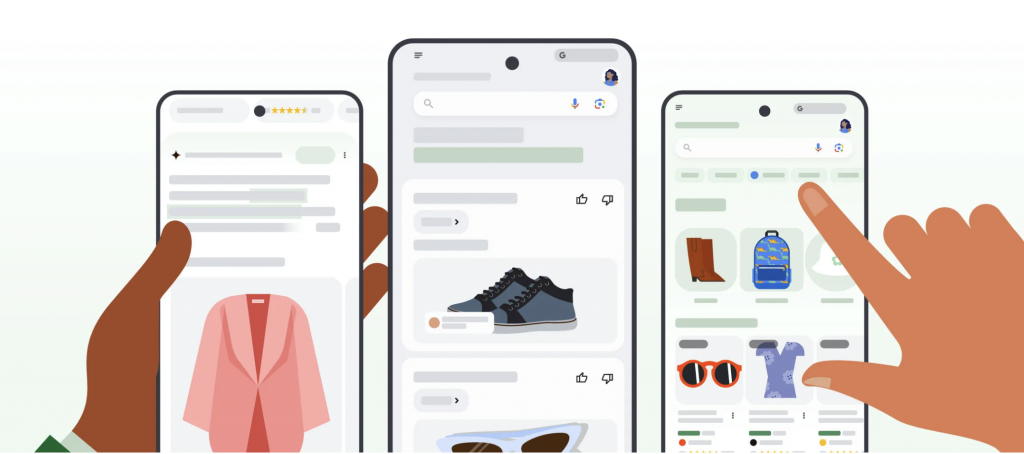
The brands that integrate AI into their Micro-Moment strategy will stay ahead—offering shoppers exactly what they need, when they need it.
9. Key Takeaways & How to Implement Micro-Moment Marketing
Capturing Google’s Micro-Moments isn’t about luck—it’s about being in the right place, with the right content, at the right time. Brands that understand this will win more conversions and build stronger relationships with their customers.
Key Takeaways:
- Micro-Moments shape modern buying behavior – Consumers don’t follow a straight sales funnel; they make quick, intent-driven decisions.
- The four Micro-Moments matter for e-commerce – Brands need to show up in the I Want to Know, I Want to Go, I Want to Do, and I Want to Buy moments.
- Speed and relevance win – Shoppers expect instant answers, personalized recommendations, and seamless experiences.
- AI and automation help brands stay ahead – Personalized ads, chatbots, and predictive analytics enhance Micro-Moment marketing.
- Every stage of the customer journey is an opportunity – Brands that educate, engage, and simplify the buying process will convert more customers.
How to Implement Micro-Moment Marketing in Your Business:
- Analyze customer intent – Identify the questions your audience asks at each stage.
- Optimize for mobile – Ensure your website, checkout, and ads are designed for on-the-go shoppers.
- Create content that answers real-time needs – Invest in blogs, videos, and guides that help customers make decisions.
- Test and refine your approach – Use tools like Google Analytics and heatmaps (like Ptengine!) to track behavior and optimize your strategy.
Micro-Moments aren’t just a trend—they’re the future of e-commerce. The brands that master them will see higher conversions, stronger brand loyalty, and more engaged customers.